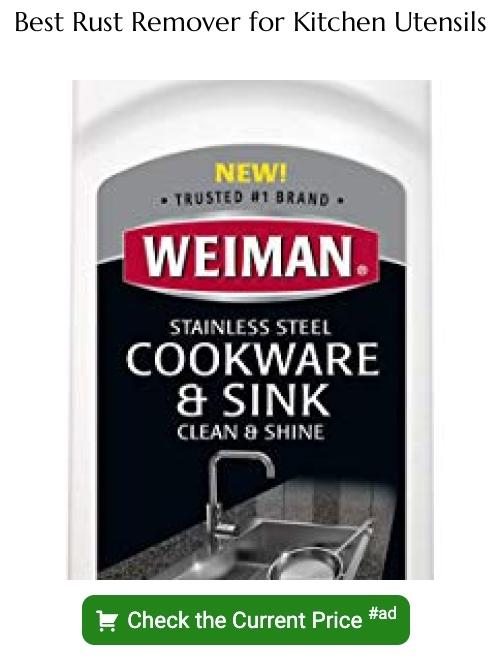Last updated on
Discover the potential hazards of using rusty kitchen utensils and how they can impact your health and cooking experience.
Rusty kitchen utensils may look like they have been through a lot of cooking battles and served you well, but have you ever stopped to wonder if they are safe for use? As a seasoned home decorator, I have come across many rusty kitchen utensils in my clients’ homes. Some people believe that the rust adds flavor to their food while others just ignore it.
But the question remains – are rusty kitchen utensils dangerous? In this article, we will explore the dangers of using rusty kitchen utensils and provide some tips on how to prevent rust from forming in the first place. So let’s get started!
Key takeaways:
- Rust formation on utensils poses health risks.
- Ingesting rust particles can lead to infections and health complications.
- Tetanus is a potential danger associated with rusty utensils.
- Proper rust removal techniques and storage can prevent health hazards.
- High-quality materials and rust-resistant alternatives are safer options.
What's Inside
Rust Formation On Utensils
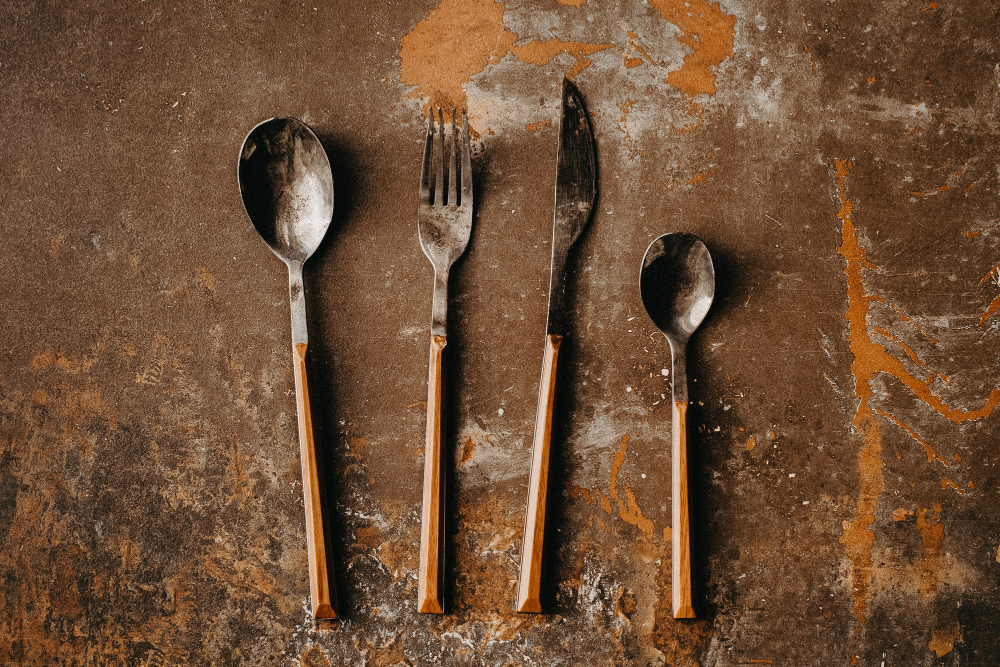
Rust formation on utensils is a common problem that many people face in their kitchens. Rust is formed when iron or steel comes into contact with water and oxygen, causing a chemical reaction that results in the formation of rust.
This can happen to any kitchen tool made of metal, including knives, spoons, forks, pots and pans.
When rust forms on your utensils it not only looks unsightly but also poses health risks. The rusty surface can harbor bacteria which may contaminate your food leading to infections such as tetanus or other illnesses caused by ingesting rust particles.
It’s important to note that not all rusty items are unsafe for use; some may have just minor surface corrosion while others could be severely damaged beyond repair.
Types of Rusty Kitchen Tools
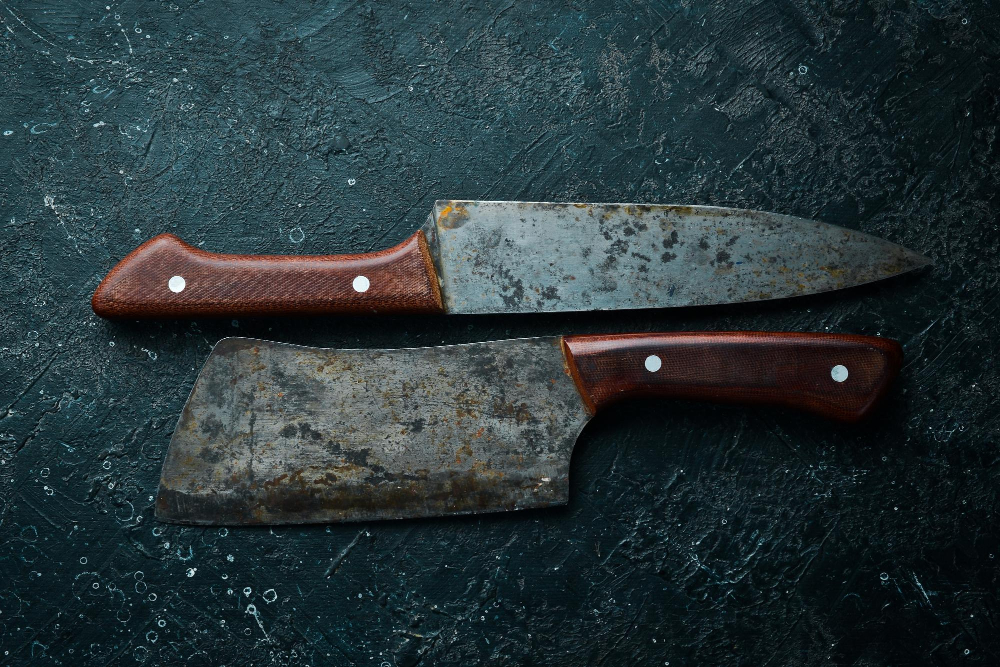
Some common types of rusty kitchen tools include knives, forks, spoons, ladles, spatulas and tongs. Other items like pots and pans may also develop rust over time if they are not properly cared for.
It’s important to note that not all rusty utensils are created equal. For example, a small amount of rust on a fork or spoon may be less concerning than rust on a knife blade which could potentially break off during use.
In addition to the type of tool affected by rusting there is also the material it’s made from; some metals such as cast iron will naturally develop an outer layer called patina which protects against further corrosion while others like stainless steel have higher resistance against oxidation making them more durable in humid environments.
Health Risks From Rust
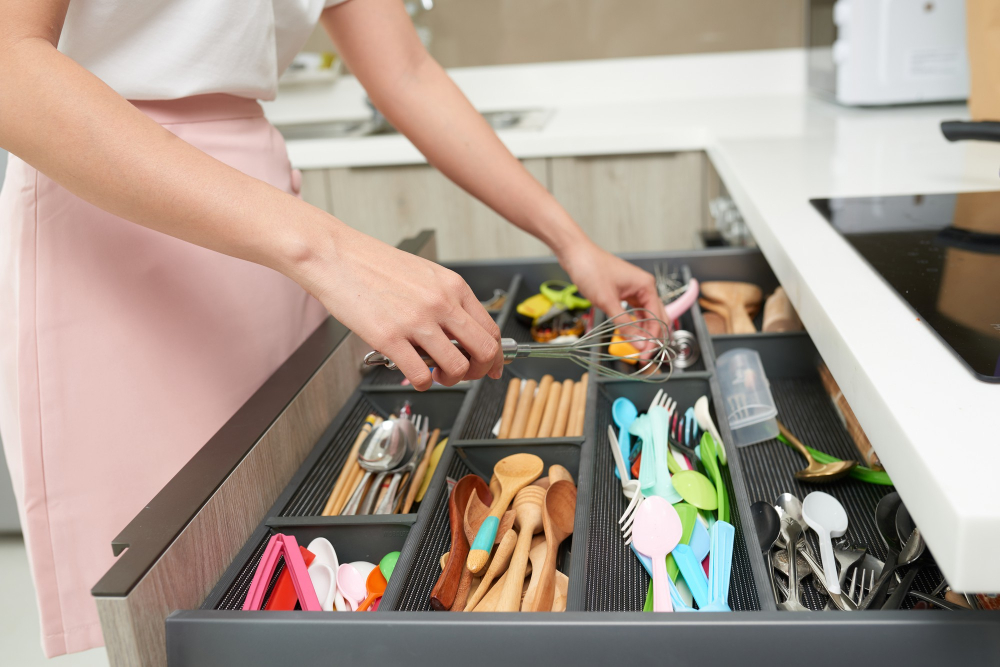
When rust forms on metal surfaces, it creates a porous layer that can harbor harmful bacteria such as E.coli and Salmonella. These bacteria thrive in moist environments, making rusty utensils the perfect breeding ground for them.
Ingesting food prepared with rusty utensils or using them to handle food during preparation can lead to infections and other health complications. The risk is even higher if you have an open wound in your mouth or digestive system since the rust particles may enter your bloodstream through these openings.
Tetanus is another potential danger associated with using rusty kitchen tools. Tetanus is caused by a bacterium found in soil contaminated with animal feces that enters the body through cuts or wounds made by sharp objects like knives or forks.
To avoid these health risks, it’s essential always to inspect your kitchen tools before use carefully. If they show signs of rust formation such as discoloration, pitting holes on their surface areas where there was once smoothness), flaking paint/chrome plating (if applicable), then discard them immediately.
Rust-Related Infections

Rust is a sign of corrosion and decay, which means that your utensils are no longer in their best condition. The rust particles can easily mix with your food or water and cause harm to your body.
One common infection caused by rusty kitchen tools is tetanus. Tetanus is a bacterial infection that affects the nervous system and causes muscle stiffness, spasms, and even death in severe cases.
The bacteria responsible for tetanus thrive in environments where there’s little oxygen such as deep puncture wounds caused by rusty nails or cuts from sharp objects like knives.
Another potential health risk associated with using rusted utensils is gastrointestinal infections due to ingestion of contaminated food particles containing harmful bacteria like Salmonella or E.coli.
Tetanus and Rusty Utensils
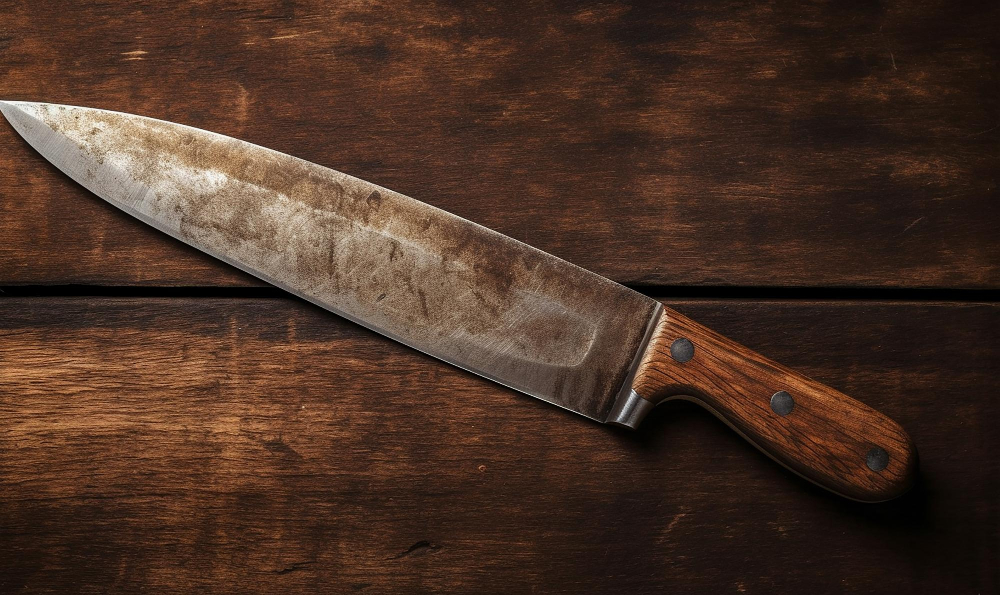
The bacteria responsible for tetanus, Clostridium tetani, thrives in environments with low oxygen levels such as deep puncture wounds or cuts. When you use rusty utensils to prepare food and accidentally cut yourself with them, the rust particles may enter your bloodstream and provide an ideal environment for the growth of these bacteria.
Symptoms of tetanus include muscle stiffness and spasms which can lead to difficulty swallowing or breathing. In severe cases, it can even cause death if left untreated.
To prevent tetanus from rusty kitchen tools:
- Always clean your utensils thoroughly before using them.
- Use gloves when handling sharp objects like knives.
- Keep all cuts clean and covered until they heal completely.
- Get vaccinated against Tetanus every 10 years.
Remember that prevention is always better than cure when it comes to health risks associated with using rusty kitchen tools.
Effects of Ingesting Rust Particles

When ingested, these particles can cause harm to your body. The iron oxide in rust is not toxic, but it can still be harmful if consumed in large quantities.
Ingesting rust particles may lead to stomach irritation and digestive issues such as nausea, vomiting or diarrhea. It could also cause damage to the intestinal lining leading to internal bleeding.
Moreover, consuming rusty water that has been contaminated by corroded pipes or faucets could expose you to other harmful substances like lead which are often found alongside rusted metal surfaces.
It’s important always to inspect your utensils before use and discard any that have visible signs of corrosion or wear-and-tear. Avoid using abrasive cleaning materials on metallic surfaces as they may scratch the surface making it more prone for rust formation over time.
Identifying Rusty Water Consumption Effects
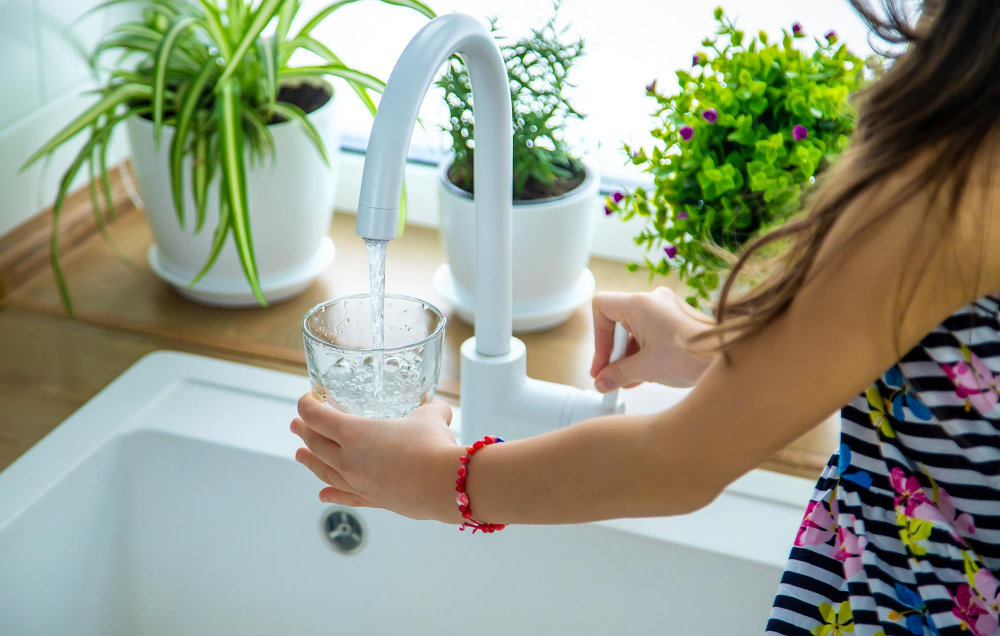
If you notice that your tap water has a reddish-brown color or metallic taste, it could be an indication of rust contamination. Drinking rusty water can cause stomach upset, nausea, diarrhea and other gastrointestinal problems.
In addition to the immediate effects on your digestive system, long-term exposure to rust-contaminated drinking water may lead to more severe health issues such as liver damage and increased risk of cancer. It’s important to identify the source of rusty tap water in order to prevent further consumption.
If you suspect that your drinking water is contaminated with rust particles or any other impurities for that matter; contact a professional plumber immediately for inspection and repair services. You should also consider installing a high-quality filtration system designed specifically for removing iron from drinking-water sources.
Iron Contamination in Food and Water
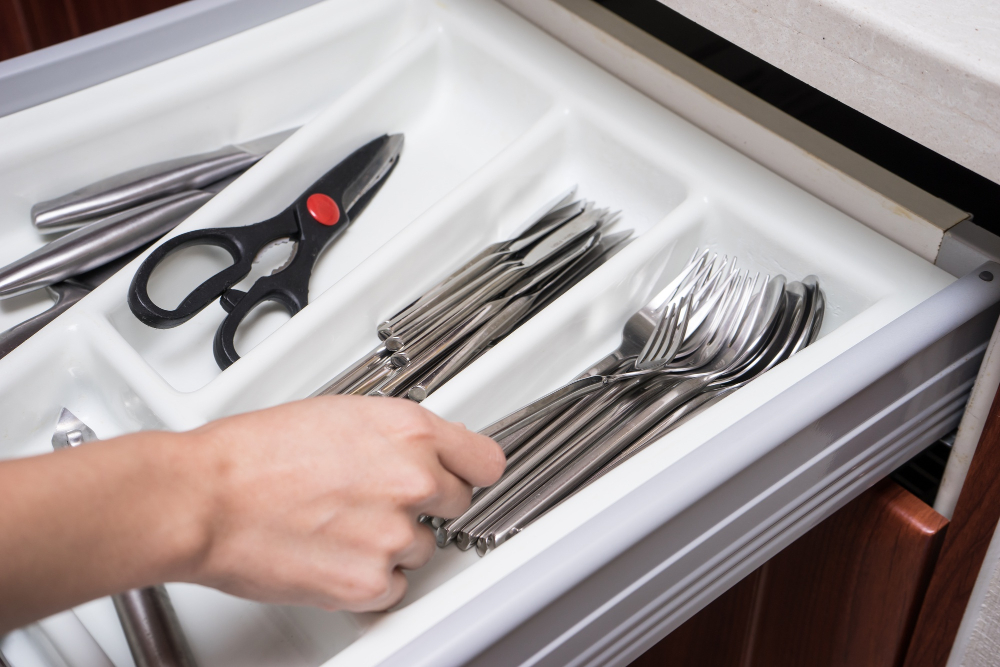
When rust forms on the surface of metal, it creates an ideal environment for bacteria to grow. This can lead to iron contamination in your food or drinking water, which may cause health problems such as stomach pain, nausea, vomiting and diarrhea.
Ingesting high levels of iron over time has also been linked to more serious health issues like liver damage and heart disease. Iron overload is particularly dangerous for people with hemochromatosis – a genetic disorder that causes excessive absorption of dietary iron.
To avoid these risks associated with rusty kitchen tools, it’s important to take steps towards preventing rust formation altogether by properly cleaning and storing your utensils after use. Investing in quality materials like stainless steel or silicone-coated tools will help prevent rust formation while ensuring safe cooking practices at all times.
Health Effects of Iron in Drinking Water

While iron is an essential nutrient that helps transport oxygen throughout the body, excessive amounts of iron in drinking water can cause health problems. High levels of iron consumption may lead to stomach pain, nausea, vomiting or diarrhea.
In addition to these short-term symptoms, long-term exposure to high levels of iron has been linked with serious health conditions such as liver damage and cancer. Iron contamination in drinking water also affects the taste and odor of your tap water.
It’s important to note that not all forms of dietary iron are created equal; heme-iron (found mainly in animal products) is more easily absorbed by the body than non-heme-iron (found mainly in plant-based foods). Therefore consuming too much non-heme-iron from rusty utensils may not be harmful compared with ingesting large amounts from other sources like supplements or fortified foods.
Signs of Unsafe Rust
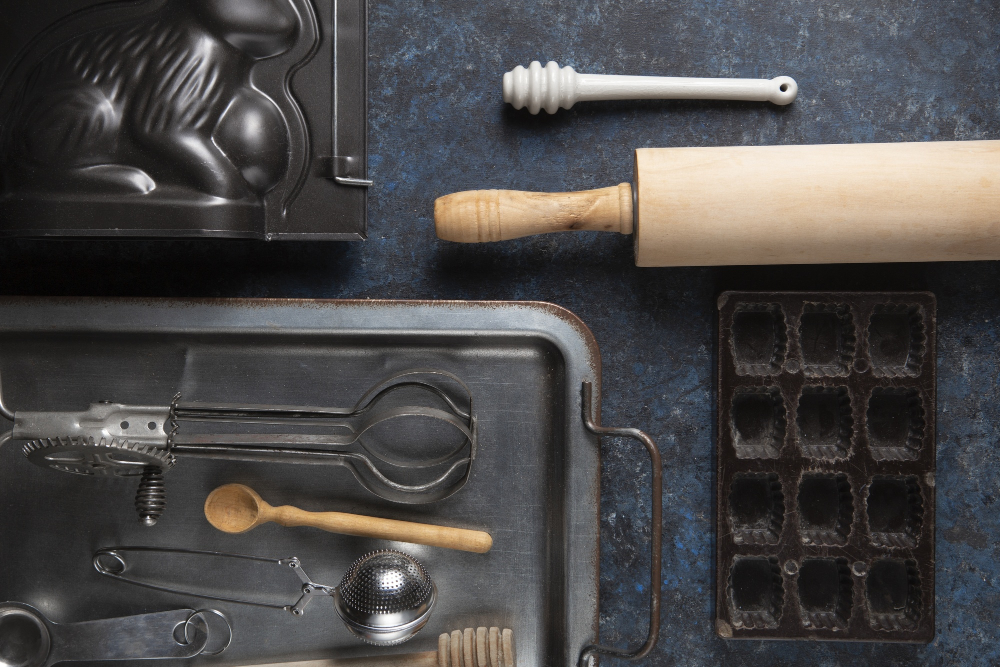
There are some signs that you should look out for to ensure that you are using safe and healthy utensils.
One of the most obvious signs of unsafe rust is when it appears on the surface of your cooking tools. If you notice any flaking or peeling paint, this could indicate that there has been significant corrosion underneath which may have contaminated your food.
Another sign to watch out for is if rusty water comes from taps used in preparing meals. This indicates iron contamination which can cause health problems such as stomach cramps and diarrhea when ingested over time.
If you see any red spots forming around rivets or joints where two pieces meet together, this could also be an indication that bacteria has started growing due to moisture trapped between them – making these areas breeding grounds for harmful microorganisms like E.coli!
Safe Rust Removal Techniques
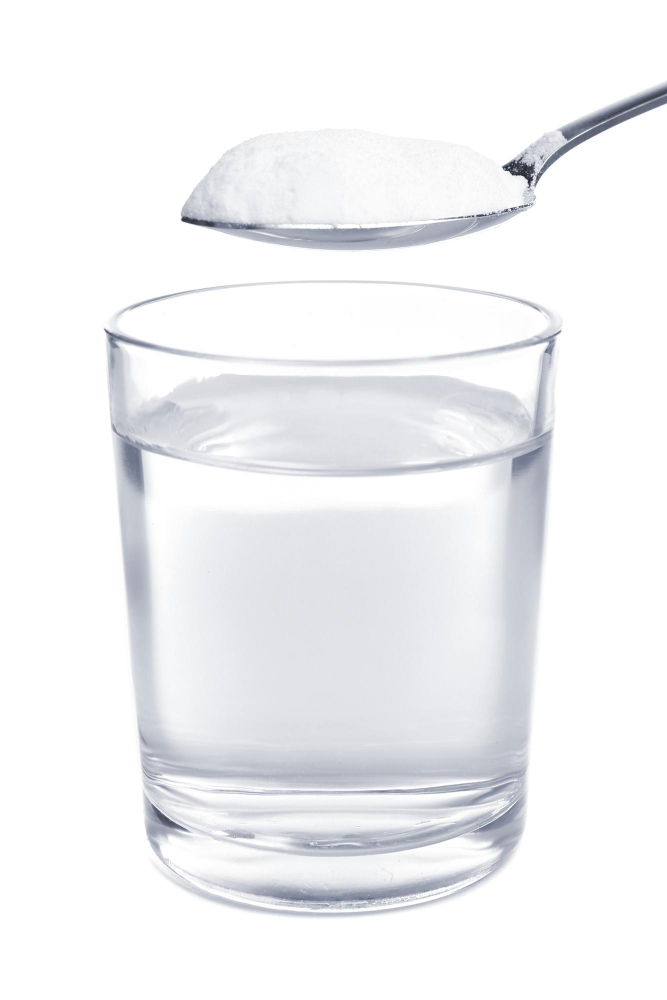
There are several safe and effective ways to do this. One method is to use a mixture of baking soda and water.
Simply mix equal parts of baking soda and water until it forms a paste, then apply the paste onto the rusted area with a cloth or sponge. Let it sit for about 30 minutes before scrubbing off with warm soapy water.
Another option is vinegar – soak your rusty utensils in white vinegar for at least an hour (or overnight) then rinse thoroughly with warm soapy water.
For tougher stains, try using lemon juice mixed with salt as an abrasive cleaner on your utensil surface; let sit for 2-3 hours before rinsing off completely.
It’s important not to use harsh chemicals like bleach or ammonia when removing rust from kitchen tools as they can be harmful if ingested accidentally during cooking preparation.
Cleaning Tips for Rusty Items
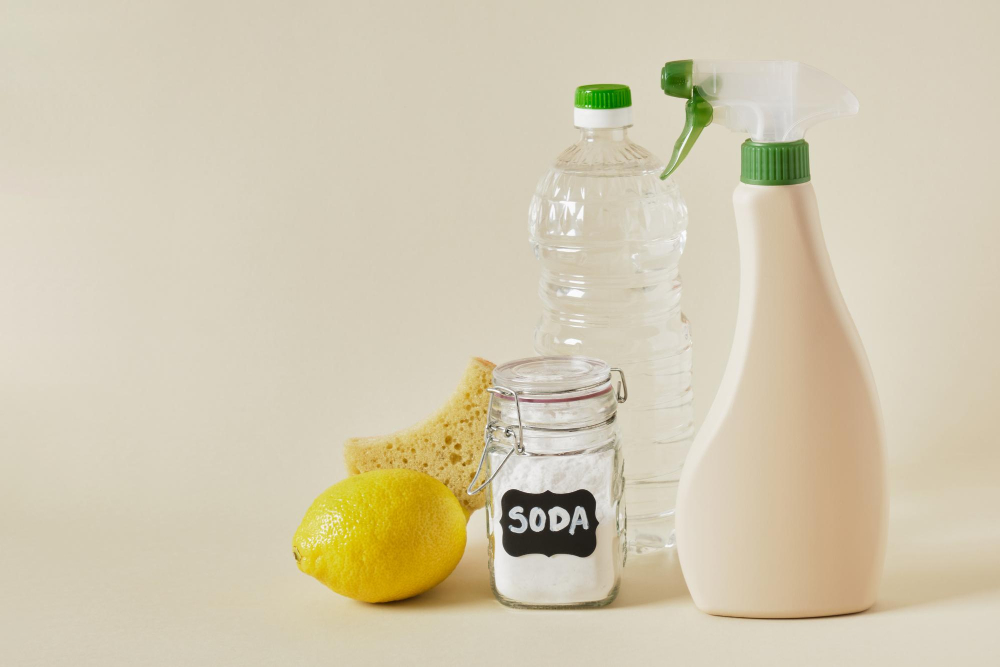
Here are some tips on how to do that:
1. Use vinegar: Soak the rusted item in white vinegar for a few hours or overnight.
The acid in the vinegar will help dissolve the rust.
2. Baking soda and water: Make a paste of baking soda and water, apply it to the rusted area, and let it sit for about an hour before scrubbing with a brush.
3. Lemon juice: Squeeze lemon juice onto the rusty area and sprinkle salt over it; leave this mixture on for several hours then scrub off with steel wool or abrasive sponge.
4. Commercial cleaners: There are many commercial products available specifically designed to remove rust from metal surfaces; follow instructions carefully when using these products as they can be harsh chemicals that require protective gear such as gloves or goggles during use.
Remember always rinse your utensils thoroughly after cleaning them so no residue remains which could affect food taste or safety.
Preventing Rust Formation
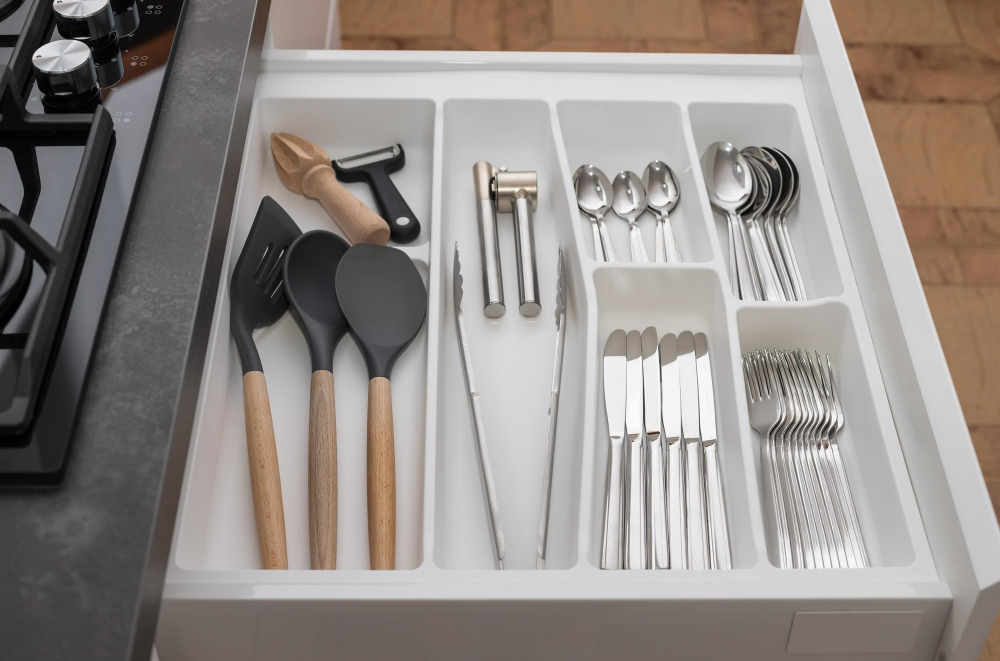
Here are some tips:
1. Dry your utensils thoroughly after washing them: Water is one of the main culprits behind rust formation on metal surfaces.
Make sure you dry your utensils completely before storing them.
2. Store your utensils properly: Keep your kitchen tools in a dry and well-ventilated area away from moisture and humidity.
3. Use protective coatings: Consider applying a protective coating like oil or wax on metal surfaces to prevent oxidation.
4. Avoid soaking for too long: Prolonged exposure to water can cause rusting, so avoid leaving your tools soaking for extended periods.
5. Invest in quality materials: High-quality stainless steel or non-reactive metals are less likely to corrode than low-grade metals like iron or carbon steel.
Safe Use and Storage of Utensils
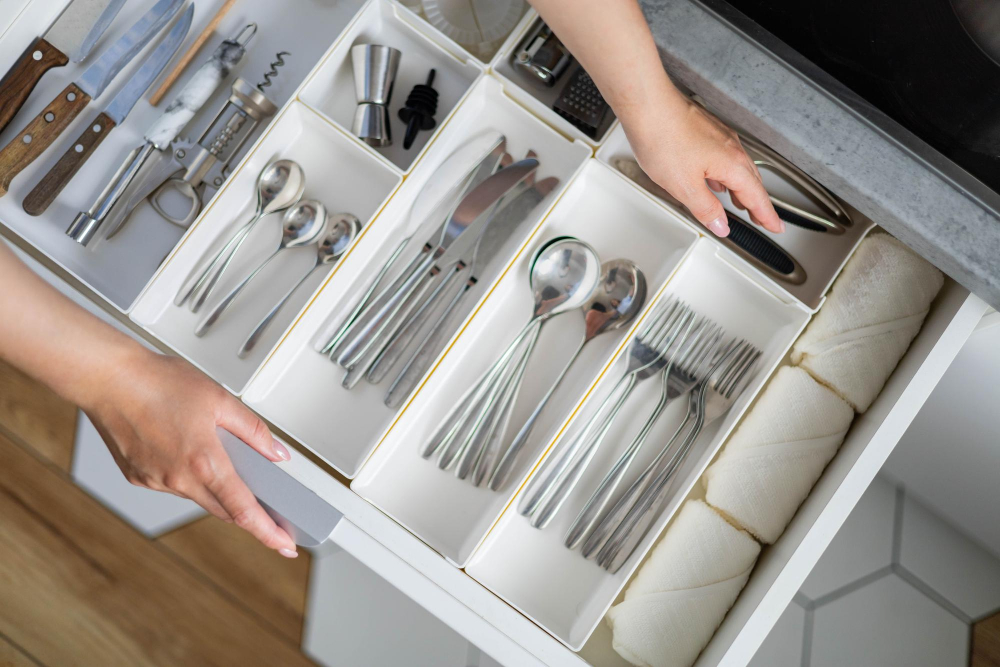
One way to do this is by properly storing your utensils. Make sure they are completely dry before putting them away, as moisture can cause rust formation.
Another tip is to avoid leaving metal utensils in acidic foods for extended periods of time, as this can also lead to corrosion and rusting. Instead, use non-metallic or coated tools when working with acidic ingredients like tomatoes or citrus fruits.
When using metal utensils during cooking or food preparation, be careful not to scratch non-stick surfaces on pans and pots which could expose them leading them prone for faster wear-and-tear.
Quality Materials for Utensils
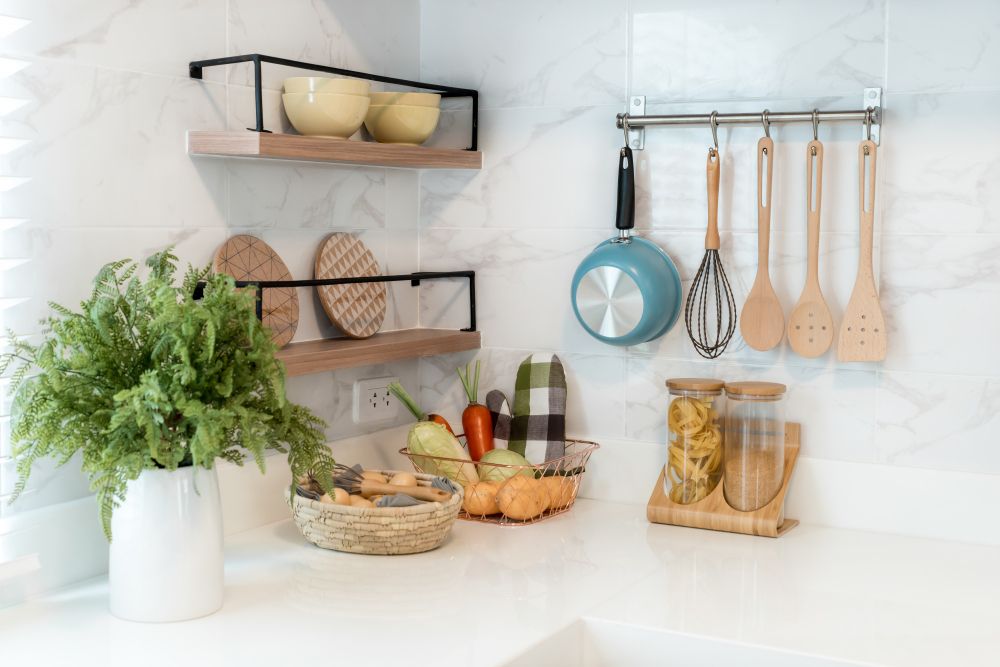
High-quality materials are less likely to rust, which makes them safer and more durable. Stainless steel, for instance, is an excellent material that resists rust formation and corrosion.
It’s also easy to clean and maintain.
Another great option is silicone utensils as they do not corrode or react with acidic foods like metal does. They are heat-resistant up to 600°F (315°C) and can be safely used on non-stick cookware without scratching it.
Wooden utensils are also popular due to their natural look but require proper care since they can absorb moisture leading them susceptible to bacterial growth if not dried properly after washing.
When shopping for kitchen tools, always check the label or packaging information about the material composition before making your purchase decision.
Rust-Resistant Alternatives
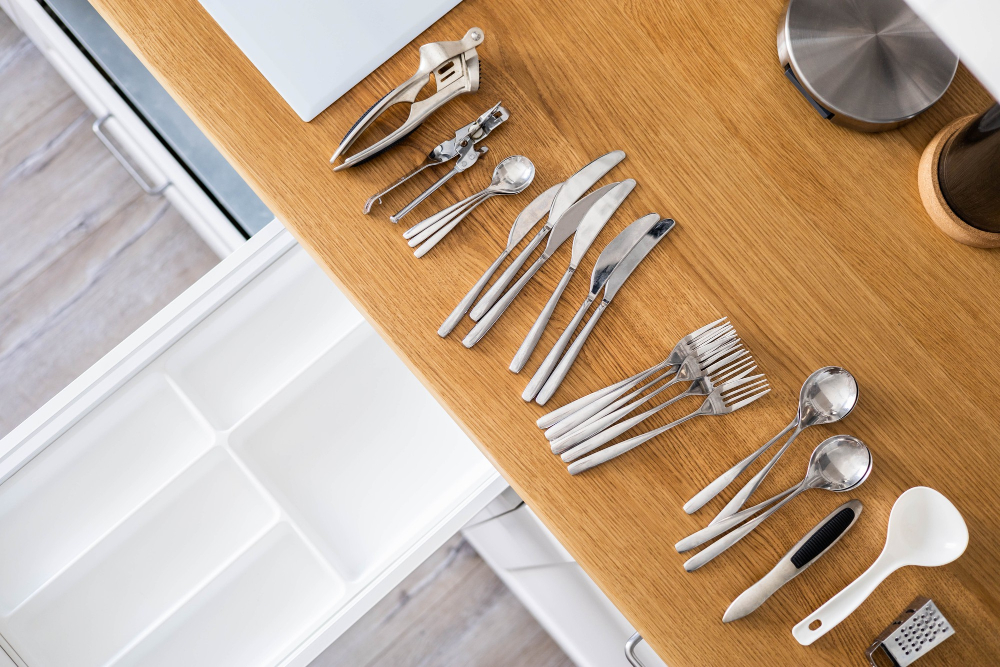
Stainless steel is one such material that is highly resistant to rust and corrosion, making it an ideal choice for kitchen tools. Other materials like silicone, nylon, and plastic can also be used as they do not corrode or rust easily.
When shopping for new utensils, look out for those made from high-quality materials that are less likely to rust over time. It’s important to note that while these options may cost more upfront than their cheaper counterparts made from low-quality metals or alloys prone to corrosion; investing in quality will save you money in the long run by avoiding health risks associated with rusty utensils.
Choosing rust-resistant alternatives when purchasing new kitchen tools can help prevent potential health hazards caused by using rusty ones.
When to Replace Kitchen Tools
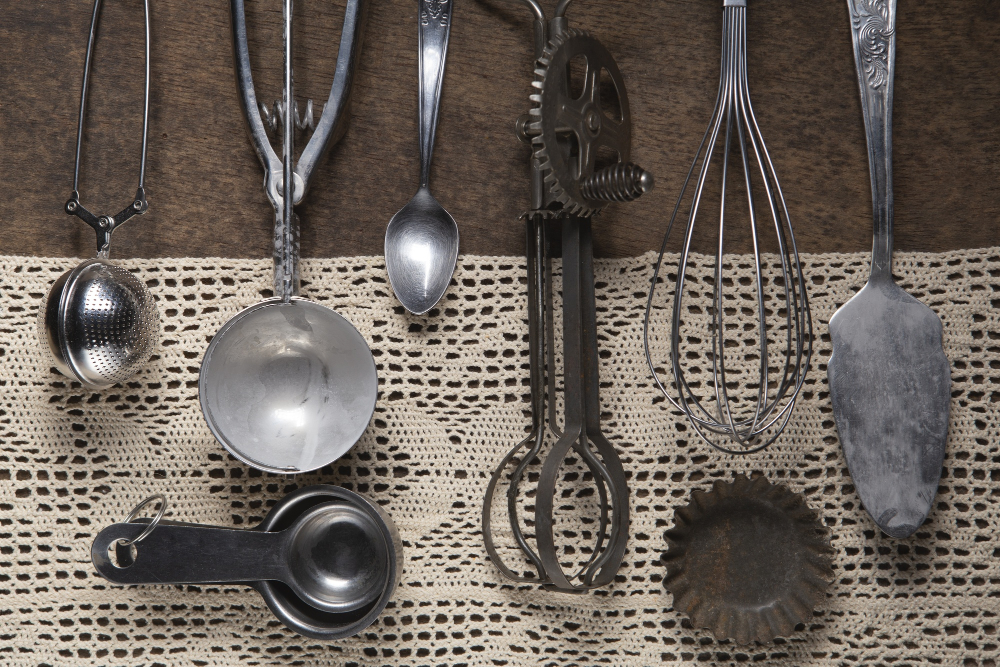
The lifespan of a kitchen tool depends on its quality and frequency of use. However, there are some signs that indicate you need new tools.
Firstly, if your utensil has visible rust spots or discoloration, then it’s time for a replacement. Secondly, if the handle is loose or wobbly and doesn’t provide proper grip while cooking – this can be dangerous as well as uncomfortable.
Lastly, if you notice any cracks in plastic handles or metal parts starting to chip off – these could lead to contamination in your food preparation area which poses health risks too!
It’s always better safe than sorry when dealing with rusty kitchen tools! If you’re unsure about whether an item needs replacing due to wear-and-tear from age/use (or other factors), err on the side caution by getting rid of anything questionable before continuing with meal prep/cooking activities at home.
FAQ
Can rust on utensils be harmful?
Rust on utensils can be harmful if ingested in large amounts or if one suffers from hemochromatosis, but in small amounts, it is generally not harmful.
Is it OK to accidentally eat rust?
Accidentally eating rust in small amounts is generally not harmful, unless you have a rare disease called hemochromatosis.
What can I do with rusty utensils?
You can remove rust from your utensils by submerging them in white vinegar for up to 24 hours, followed by scrubbing off the rust using steel wool, a scouring pad, or a wire brush.
Is rusty stainless steel safe?
No, rusty stainless steel is not safe as it can cause safety concerns when cooking despite its corrosion-resistant nature.
What are the health risks associated with using rusty cookware?
Using rusty cookware poses health risks that include potential exposure to rust and bacteria, which may cause infections, gastrointestinal distress, and possibly tetanus (assuming the question focus on negative aspects of rusty utensils).
How can I safely remove rust from kitchen utensils?
To safely remove rust from kitchen utensils, use a mixture of white vinegar and baking soda to create a paste, then gently scrub the rusted areas with a soft brush or cloth.
Are some types of kitchen utensils more prone to rust than others?
Kitchen utensils made from materials like carbon steel and cast iron are more prone to rust than those made from stainless steel or plastic.
